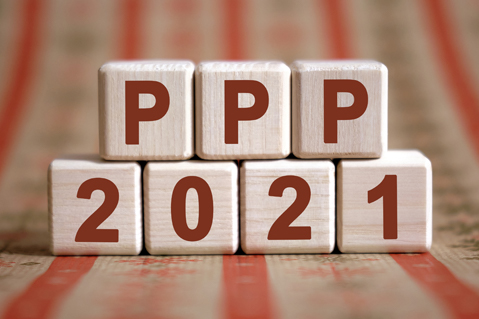New legislation was passed by Congress and signed by former President
Trump, providing additional relief for businesses and individuals during
the COVID-19 pandemic. The right to take out a second loan under the
Paycheck Insurance Program is one aspect of the Consolidated Appropriations
Act (CAA) that small business owners would find appealing (PPP).
The Fundamentals
The CAA allows some smaller companies that have earned a PPP loan to take
out a $2 million “PPP Second Draw Loan.” To be qualified, you must:
- Employ a maximum of 300 people per physical venue.
- You’ve used or are preparing to use the entire amount of your first PPP
loan, and - Demonstrate a 25% decrease in gross receipts in the first, second, or
third quarters of 2020 as compared to the same quarter in 2019. Gross
receipts from the fourth quarter of 2020 can be included in
applications submitted on or after January 1, 2021.
For-profit companies (including sole proprietorships), nonprofit
organizations, housing cooperatives, veterans’ organizations, tribal
businesses, self-employed individuals, independent contractors, and small
agricultural cooperatives are all eligible.
Additional Information
Here are a few more things to think about:
Conditions of the loan.
Borrowers will get a PPP Second Draw Loan for up to 2.5 times their
average monthly payroll costs in the previous year or calendar year.
Borrowers in the hospitality and food service sectors, on the other hand,
could be liable for PPP Second Draw Loans worth up to 3.5 times their
average monthly payroll costs. An qualified person is only able to take out
one PPP Second Draw Loan.
Gross receipts and a simplified certification of revenue test.
PPP Second Draw Loans of up to $150,000 may request a certification
attesting that the qualifying entity meets the relevant revenue loss
condition on or before the date the loan forgiveness application is
submitted. Gross receipts can be used by charities and veterans’ groups to
measure their sales loss standard.
Forgiveness of debts.
A PPP Second Draw Loan, like the first PPP loan, may be forgiven for up to
60% of payroll costs (with some exceptions) and 40% of nonpayroll costs
such as rent, mortgage interest, and utilities. The revenue from loan
forgiveness is not counted as cancellation of indebtedness income.
Exemption granted based on employee availability.
Present safe harbors for restoring full-time jobs, salaries, and wages are
expanded by the CAA. It applies the rule of reducing debt forgiveness for a
borrower who decreases the amount of workers retained and reduces employee
wages by more than 25%.
Deductibility of costs incurred as a result of PPP loans.
The CARES Act made no mention of whether expenses paid with PPP loan
proceeds could be deducted. These payments were subsequently found to be
nondeductible by the IRS. Expenses paid from the proceeds of loans under
the initial PPP and PPP Second Draw Loans, on the other hand, are
deductible under the CAA.
Additional inquiries
If you have any questions about PPP loans, like how to apply for a Second
Draw Loan or how to get forgiveness, please contact us.

